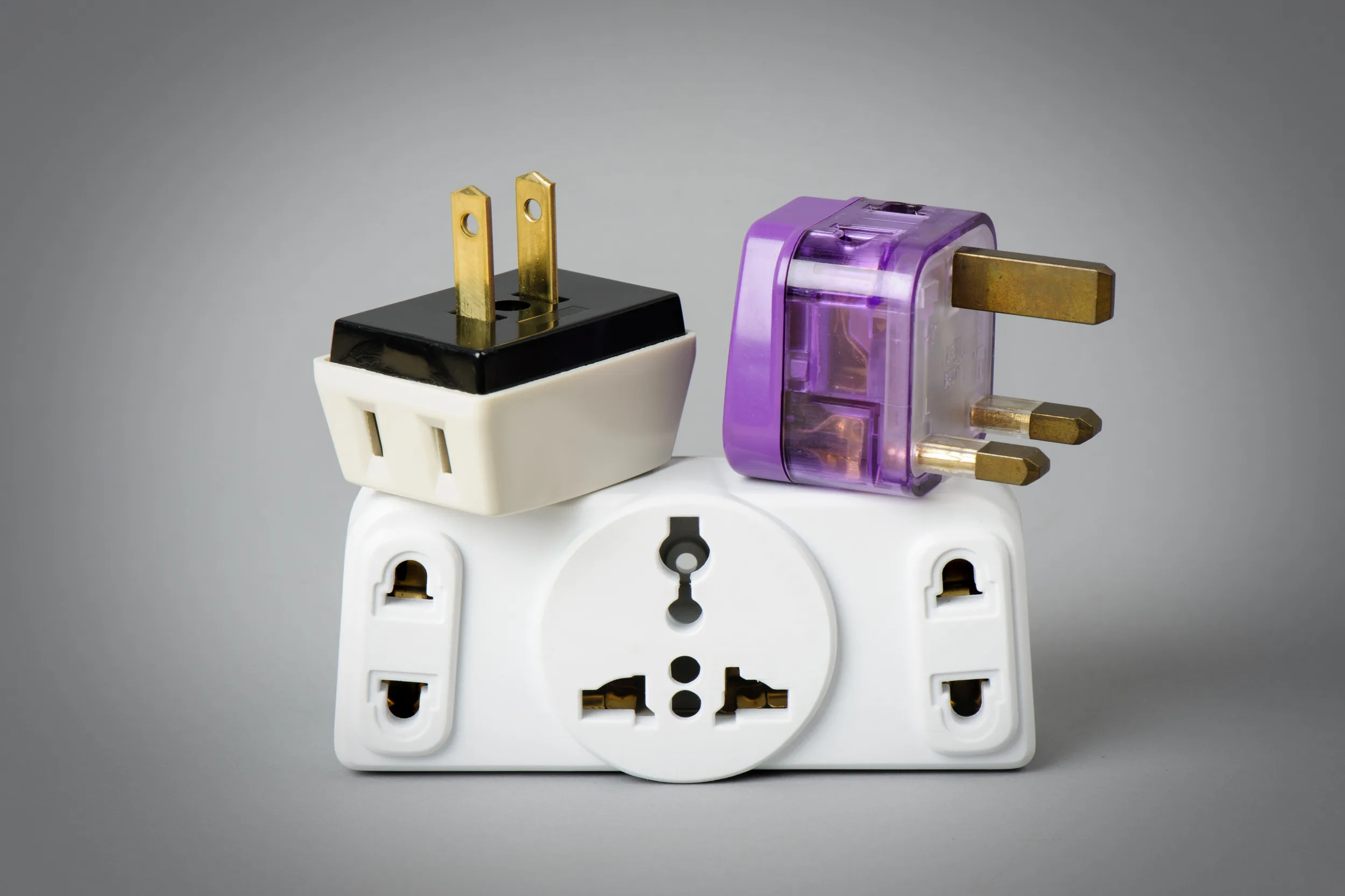

Articles
What Is An Adapter
Modified: August 31, 2024
Discover the importance of articles as adapters in the world of technology. Learn how adapters help connect different devices and enhance functionality.
(Many of the links in this article redirect to a specific reviewed product. Your purchase of these products through affiliate links helps to generate commission for Storables.com, at no extra cost. Learn more)
Introduction
Adapters are versatile and essential components that play a crucial role in various industries and technological applications. Whether you’re a tech enthusiast, a professional in the electronics industry, or simply someone curious about how things work, understanding adapters is fundamental knowledge.
An adapter, in its simplest form, is a device that enables the connection or compatibility between two or more different components, systems, or interfaces. It serves as the bridge that allows communication and interaction between devices that would otherwise be incompatible.
In this article, we will explore the definition, purpose, types, functionality, benefits, and common applications of adapters. We will also discuss key considerations to keep in mind when choosing the right adapter for your specific needs.
So grab your curiosity and let’s dive into the fascinating world of adapters!
Key Takeaways:
- Adapters are essential for bridging compatibility gaps between devices, enabling seamless connectivity and expanding the possibilities for device interaction and collaboration in various industries and technological applications.
- When choosing an adapter, consider factors such as compatibility, functionality, quality, durability, certifications, flexibility, budget, and customer support to ensure reliable connectivity and optimal performance for your specific needs.
Read more: What Is A Lug Adapter
Definition of an Adapter
An adapter, also known as a converter or connector, is a device or mechanism that facilitates the connection and compatibility between different components or systems. It acts as a middleman, allowing communication and interaction between devices that have different interfaces, voltage requirements, or connectivity options.
The purpose of an adapter is to bridge the gap between incompatible devices and ensure seamless functionality. It serves as a translator, converting signals, voltages, or physical interfaces to enable proper communication and operation.
An adapter can come in various forms, including cables, plugs, sockets, or even integrated circuits. It may have different connectors on each end, allowing you to connect devices that would not normally be compatible. For example, an adapter may enable you to connect a USB device to an older computer with only serial ports.
It’s important to note that while adapters are designed to make connections possible, they do not alter the functionality or capabilities of the devices themselves. The adapter simply enables the devices to communicate effectively by providing a compatible interface or converting signals to the required format.
Adapters are commonly used in various industries, including electronics, telecommunications, automotive, aerospace, and more. Their versatility and ability to bridge compatibility gaps make them invaluable in many technological applications.
In the next section, we’ll explore the purpose of adapters in more detail, highlighting the critical role they play in ensuring seamless connectivity and compatibility.
Purpose of an Adapter
The primary purpose of an adapter is to overcome compatibility issues between different components, systems, or interfaces. As technology advances and new devices are introduced, it’s common for older devices or systems to become obsolete or have outdated interfaces. Adapters play a crucial role in bridging this compatibility gap, allowing devices to work together seamlessly.
One of the main purposes of an adapter is to facilitate connectivity. It enables devices with different connectors or interfaces to be connected, expanding the possibilities of device interaction. For example, an HDMI to VGA adapter allows you to connect a modern laptop with an HDMI output to an older VGA monitor, making it possible to use the two devices together.
Another purpose of an adapter is to convert signals or voltages. Different devices may operate on different signal formats or voltage levels. Adapters can translate these signals or convert voltages to ensure proper communication and functionality. For instance, a voltage adapter can be used to convert input voltage from 220V to 110V, allowing devices designed for a specific voltage range to be used in a different region.
Adapters also enable backward compatibility, allowing older devices to work with newer technology. As technology evolves, devices often come with new interfaces or connectivity options. Adapters make it possible for older devices to interface with these new technologies, extending their usability. A USB-C to USB-A adapter, for example, allows you to connect older USB-A devices to devices with USB-C ports.
Additionally, adapters can provide additional functionality or features. Some adapters incorporate signal amplifiers, noise filters, or impedance matching capabilities to enhance the overall performance of the connected devices. These features ensure reliable signal transmission, reduce interference, and improve the overall user experience.
The purpose of an adapter ultimately boils down to facilitating compatibility and connectivity. They enable different devices to communicate effectively and work together, ensuring seamless operation and expanding the functionality of devices.
In the next section, we’ll delve into the different types of adapters, exploring the various forms and functionalities they offer.
Types of Adapters
Adapters come in various types and forms, each designed to address specific compatibility requirements. Let’s explore some of the most common types of adapters:
- Cable Adapters: Cable adapters are among the most prevalent types and are used to connect devices or cables with different connectors. For instance, an HDMI to DVI adapter allows you to connect an HDMI source to a DVI display. Similarly, a USB-C to HDMI adapter enables you to connect a USB-C device to an HDMI display.
- Power Adapters: Power adapters, also known as AC or DC adapters, are used to convert electrical power from one voltage or current type to another. They are commonly used to charge electronic devices or power appliances that have different voltage requirements. For example, a laptop power adapter converts AC power from a wall outlet into DC power compatible with the laptop’s requirements.
- Network Adapters: Network adapters, also called network interface cards or NICs, are used to connect devices to a computer network. They provide the necessary interface and protocols for devices to communicate over a network. Ethernet adapters, wireless adapters, and Bluetooth adapters are all examples of network adapters.
- Audio/Video Adapters: Audio and video adapters are designed to enable connectivity and compatibility between different audio or video devices. They can convert between various audio or video formats, connectors, or interfaces. Examples include VGA to HDMI adapters, RCA to 3.5mm adapters, or DisplayPort to DVI adapters.
- Mobile Device Adapters: Mobile device adapters are specifically designed for smartphones and tablets. They often provide connectivity options beyond the device’s built-in ports, allowing users to connect external devices such as USB flash drives, external displays, or headphones. Examples include USB-C to USB-A adapters or Lightning to 3.5mm headphone jack adapters.
- Universal Adapters: Universal adapters are versatile adapters that can adapt to various connectivity requirements. They often come with interchangeable plugs or multiple ports, making them suitable for use with different devices or in different countries with varying power socket standards.
These are just a few examples of the types of adapters available. The range of adapters extends far beyond these, with niche adapters designed for specific industries or applications.
Now that we have explored the different types of adapters, let’s move on to understanding how adapters work and the mechanisms behind their functionality.
How Adapters Work
Adapters work by providing a bridge between devices or systems that have different interfaces, connectors, signals, or voltage requirements. They facilitate compatibility and enable seamless communication or operation between incompatible devices. Here’s a breakdown of how adapters work:
1. Interface Conversion: Adapters often feature different connectors on each end, allowing devices with different interfaces to be connected. For instance, an adapter might have a USB-A connector on one end and a USB-C connector on the other, enabling you to connect a USB-A device to a USB-C port. The adapter acts as a physical bridge, allowing signals to pass through from one interface to another.
2. Signal or Voltage Conversion: In situations where devices operate on different signal formats or voltage levels, adapters can perform signal or voltage conversion. The adapter may include components such as amplifiers, converters, or transformers to convert signals or voltages, ensuring compatibility between the devices. For example, a digital-to-analog audio adapter can convert a digital audio signal to an analog signal compatible with older audio devices.
3. Protocol Translation: In some cases, adapters are required to translate or convert data protocols between devices. For example, a Bluetooth adapter allows devices without built-in Bluetooth capability to communicate wirelessly with Bluetooth-enabled devices. The adapter translates data transmission from the device’s native protocol to the Bluetooth protocol, enabling seamless communication.
4. Voltage Regulation: Power adapters often regulate voltage to match the requirements of the device being powered. They may incorporate rectifiers, voltage regulators, or transformers to adjust voltage levels and provide a consistent, appropriate power supply. This prevents damage to devices and ensures safe and efficient power delivery.
The specific mechanisms employed by adapters depend on their intended purpose and the compatibility requirements they address. Some adapters may have built-in electronics or integrated circuits to perform complex conversions, while others may simply provide a physical connector conversion without any electronic components.
It’s important to note that while adapters facilitate compatibility, they do not alter the devices’ fundamental capabilities or functionalities. The adapters act as intermediaries, enabling devices to communicate effectively without any significant changes to their core functionality.
With a better understanding of how adapters work, let’s explore the benefits of using adapters in various applications.
An adapter is a device that allows different types of connectors or interfaces to be connected, enabling compatibility between different devices. When choosing an adapter, make sure it is compatible with the devices you want to connect.
Read more: What Is Network Adapter
Benefits of Using Adapters
Using adapters offers several benefits, making them indispensable in many technological applications. Here are some key advantages of using adapters:
- Compatibility: The primary benefit of using adapters is that they enable compatibility between devices or systems with different interfaces, connectors, or voltage requirements. Adapters make it possible to connect and use devices that would otherwise be incompatible, expanding the possibilities for device interaction and collaboration.
- Cost-effective: Adapters can be a cost-effective solution compared to replacing or upgrading existing devices. Instead of investing in new equipment, adapters allow you to adapt and utilize your existing devices, extending their lifespan and maximizing their value. This is particularly beneficial in situations where compatibility issues arise due to changing technology standards or the availability of legacy devices.
- Flexibility: Adapters provide flexibility by offering the ability to connect devices with different connectors or interfaces. They allow you to easily switch between devices and use them interchangeably without the need for specialized cables or connectors. This flexibility enhances user convenience and simplifies device integration in various settings.
- Portability: With the use of adapters, devices can become more portable and versatile. Adapters that connect to mobile devices, for example, can expand the range of peripherals or accessories that can be used with smartphones or tablets. This enables users to enhance their mobile experience, whether it’s connecting external displays, keyboards, or audio devices.
- Backward compatibility: Adapters allow older devices to remain functional in the face of new technology standards. They provide a way to interface with newer devices or systems that may have different connection options. This backward compatibility ensures that older devices are not rendered obsolete and can continue to be used alongside newer technology.
- Convenience: Adapters simplify the process of connecting and integrating different devices. They eliminate the need for complex rewiring or modifications and provide a quick and convenient solution for compatibility issues. This convenience is particularly important in scenarios where time or resources are limited, such as in temporary setups or when working with multiple devices in different configurations.
- Scalability: Adapters offer scalability by allowing devices to be added or integrated into existing systems without the need for extensive modifications. They enable seamless expansion and integration of devices across different platforms, making it easier to scale up operations or incorporate new technologies.
These benefits highlight the value and importance of using adapters in various industries and applications. Whether it’s in the electronics, telecommunications, automotive, or aerospace sectors, adapters play a critical role in ensuring compatibility, convenience, and cost-effectiveness.
Now, let’s explore some common applications where adapters are frequently used to overcome compatibility challenges.
Common Applications of Adapters
Adapters find wide application in various industries and technological domains, addressing compatibility issues and enabling seamless connectivity between different devices or systems. Here are some common applications where adapters are frequently used:
- Computer and Electronics: Adapters are commonly used in the computer and electronics industry to facilitate connectivity between devices. This includes adapters for different display interfaces (such as HDMI, VGA, or DVI), USB adapters, audio adapters (such as 3.5mm to RCA), and network adapters.
- Telecommunications: In the telecommunications industry, adapters play a vital role in connecting different types of cables or interfaces. Fiber optic adapters, for example, allow different types of connectors to be connected, enabling efficient data transmission in fiber optic networks.
- Automotive: Adapters are utilized in the automotive industry to connect various electrical components and devices. This includes adapters for different types of connectors, such as OBD-II adapters for car diagnostics, USB adapters for connecting devices, or audio adapters for integrating aftermarket audio equipment.
- Aerospace and Aviation: In the aerospace and aviation sectors, adapters are used to ensure compatibility between different interfaces and systems. This includes adapters for avionic systems, communication devices, or connectors used in data transmission between aircraft components.
- Home Entertainment: Adapters are prevalent in the home entertainment industry to connect various audiovisual devices. For example, HDMI adapters allow different types of devices, such as gaming consoles, DVD players, or streaming devices, to be connected to TVs or projectors with different interfaces.
- Mobile and Portable Devices: Adapters are commonly used with smartphones, tablets, and other portable devices to expand connectivity options. This includes adapters for charging, audio connectivity (such as headphone jack adapters), or connecting external storage devices.
- Power and Energy: Power adapters are widely used in the power and energy industry to convert and regulate voltage for different devices. This includes adapters for charging mobile devices, powering appliances or industrial equipment, or converting international power standards.
These are just a few examples of the applications where adapters are commonly utilized. Adapters can be found in almost every industry and technological domain, ensuring compatibility, enhancing connectivity, and enabling seamless operation between various devices and systems.
Now that we’ve explored the common applications of adapters, let’s move on to discussing some considerations to keep in mind when choosing the right adapter for your specific needs.
Considerations for Choosing an Adapter
When selecting an adapter for your specific needs, there are several key considerations to keep in mind. These factors will help ensure that you choose the right adapter that meets your compatibility requirements and allows for seamless connectivity. Here are some important considerations:
- Compatibility: The first and foremost consideration is compatibility. Identify the specific devices or systems you need to connect and check their interface, connector, or voltage requirements. Make sure the adapter you choose is compatible with both devices, ensuring that they can communicate effectively.
- Functionality: Determine the specific functionality or features you require from the adapter. For example, if you need to connect audio devices, consider whether you need a simple connector adapter or one that supports signal conversion, such as a digital-to-analog converter.
- Quality and Reliability: Opt for adapters from reputable manufacturers or brands known for their quality and reliability. Lower-quality adapters may introduce signal loss, distortion, or instability, leading to reduced performance or unreliable connections. Read reviews, check user ratings, and seek recommendations to ensure you choose a reliable adapter.
- Build and Durability: Consider the build quality and durability of the adapter, especially if it is intended for frequent or heavy use. Look for adapters with sturdy connectors and cables, as well as robust construction that can withstand wear and tear over time.
- Certifications and Standards: Check if the adapter complies with relevant certifications or standards. This ensures that the adapter has undergone testing and meets specific requirements for safety, performance, and compatibility. Look for certifications such as CE, FCC, or RoHS compliance.
- Flexibility and Portability: Consider the size, weight, and portability of the adapter. If you require a portable solution, look for compact and lightweight options that are easy to carry and store. Additionally, consider adapters with multiple connectors or interchangeable plugs for added flexibility and versatility.
- Budget: Set a budget for your adapter purchase. While quality and reliability are crucial, it’s important to find a balance between functionality and cost. Compare prices from different retailers or manufacturers and consider any additional features or warranties offered.
- Customer Support: Check the availability and quality of customer support provided by the adapter manufacturer or seller. This is important in case you encounter any issues or need assistance with setup or troubleshooting. Good customer support can help resolve problems more efficiently and provide a positive overall experience.
By considering these factors, you can make an informed decision and choose the right adapter that best suits your specific compatibility requirements and ensures seamless connectivity between devices.
Now that we’ve covered the considerations for choosing an adapter, let’s wrap up our discussion.
Conclusion
Adapters, with their ability to bridge compatibility gaps and facilitate seamless connectivity, play a vital role in various industries and technological applications. They enable devices with different interfaces, connectors, or voltage requirements to communicate effectively, expanding the possibilities for device interaction and collaboration.
In this article, we have explored the definition of an adapter, its purpose, different types, functionality, benefits, common applications, and considerations for choosing the right adapter. We have seen how adapters work by providing interface, signal, or voltage conversion, allowing devices to work together despite their differences.
The benefits of using adapters include compatibility, cost-effectiveness, flexibility, convenience, and scalability. They offer solutions to compatibility challenges, extend the lifespan of older devices, and provide a means to integrate new technologies seamlessly.
Adapters find applications in various industries, including computer and electronics, telecommunications, automotive, aerospace, home entertainment, mobile devices, and power and energy. They enable efficient communication and operation in these industries by connecting devices and systems that would otherwise be incompatible.
When choosing an adapter, it is important to consider factors such as compatibility, functionality, quality, durability, certifications, flexibility, budget, and customer support. By considering these aspects, you can ensure that you select the right adapter for your specific needs, ensuring reliable connectivity and optimal performance.
Overall, adapters are indispensable tools that enhance connectivity, enable seamless integration, and adapt to changing technology standards. They empower us to make the most of our devices, extending their capabilities and ensuring they remain relevant in an ever-evolving world of technology.
So, whether you’re connecting devices at home, setting up a professional audiovisual system, or working with complex industrial machinery, adapters are the unsung heroes that make it all possible.
Interested in delving deeper into the world of adapters? Discover how a video adapter can transform your visual media experience, letting you enjoy crystal-clear graphics on any display. Curious about networking? Learn why network adapters are key to connecting your devices to the internet, ensuring fast and stable online access. For entertainment enthusiasts, understanding HDMI adapters is a must. These handy tools link your devices to HD displays for a superior audio and visual feast. Keep reading to become savvy with these essential gadgets.
Frequently Asked Questions about What Is An Adapter
Was this page helpful?
At Storables.com, we guarantee accurate and reliable information. Our content, validated by Expert Board Contributors, is crafted following stringent Editorial Policies. We're committed to providing you with well-researched, expert-backed insights for all your informational needs.
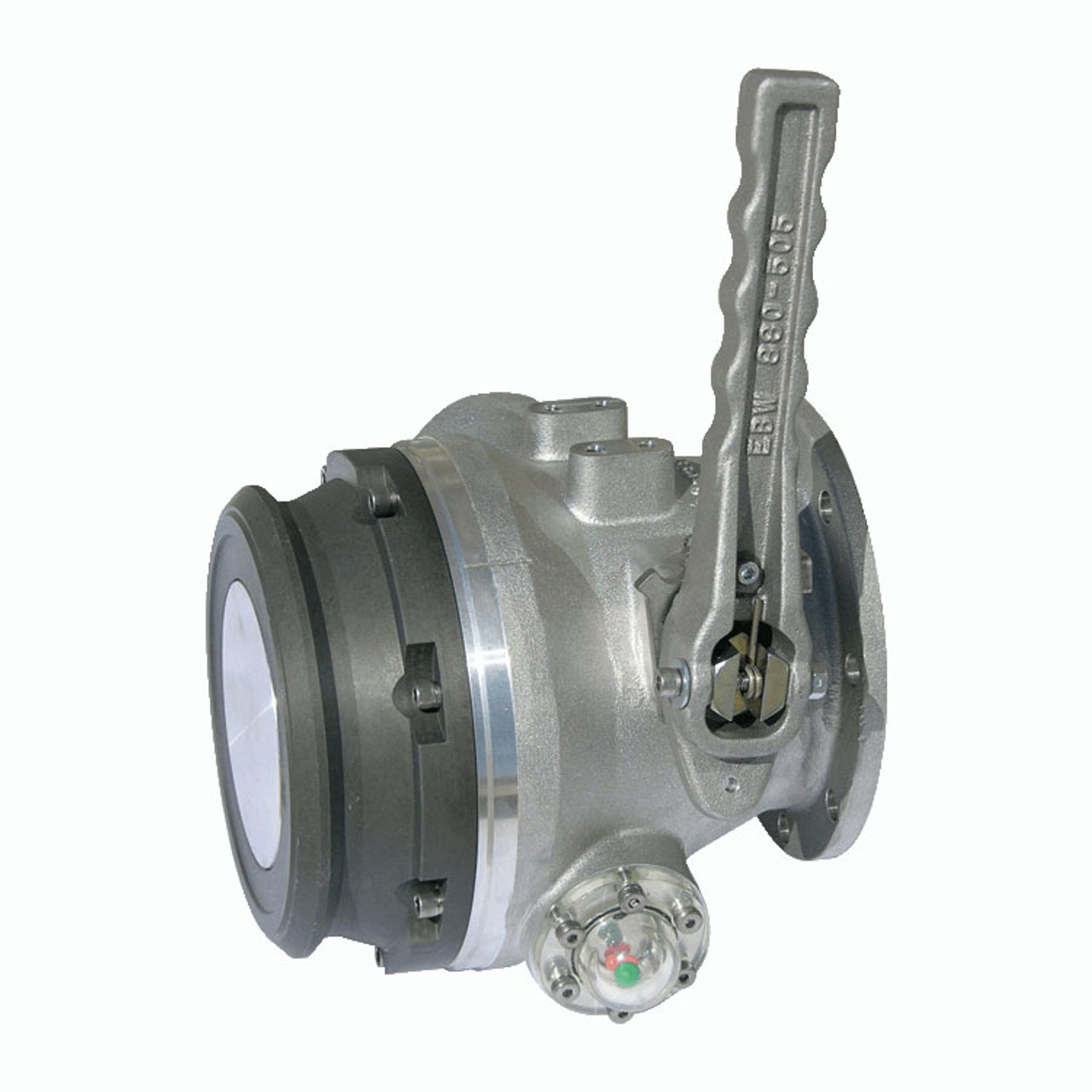
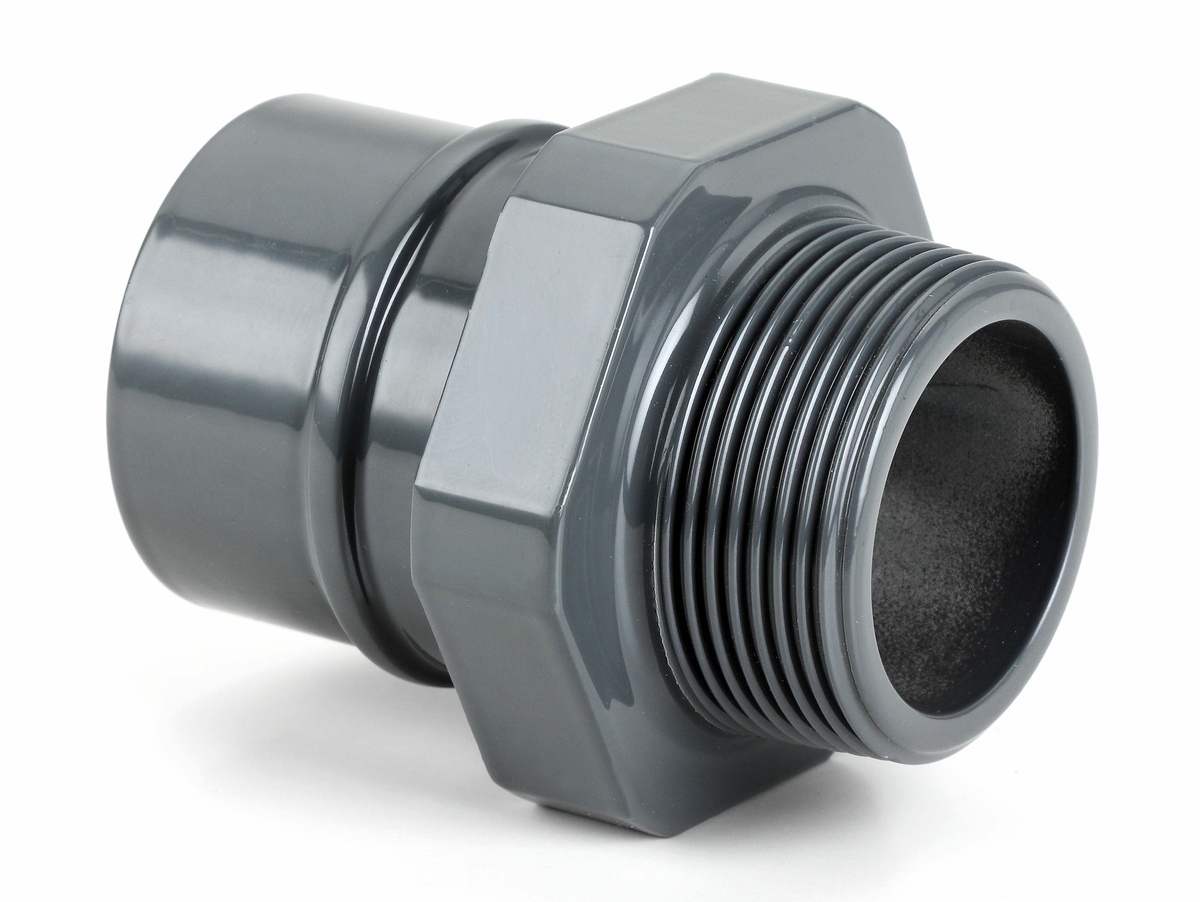
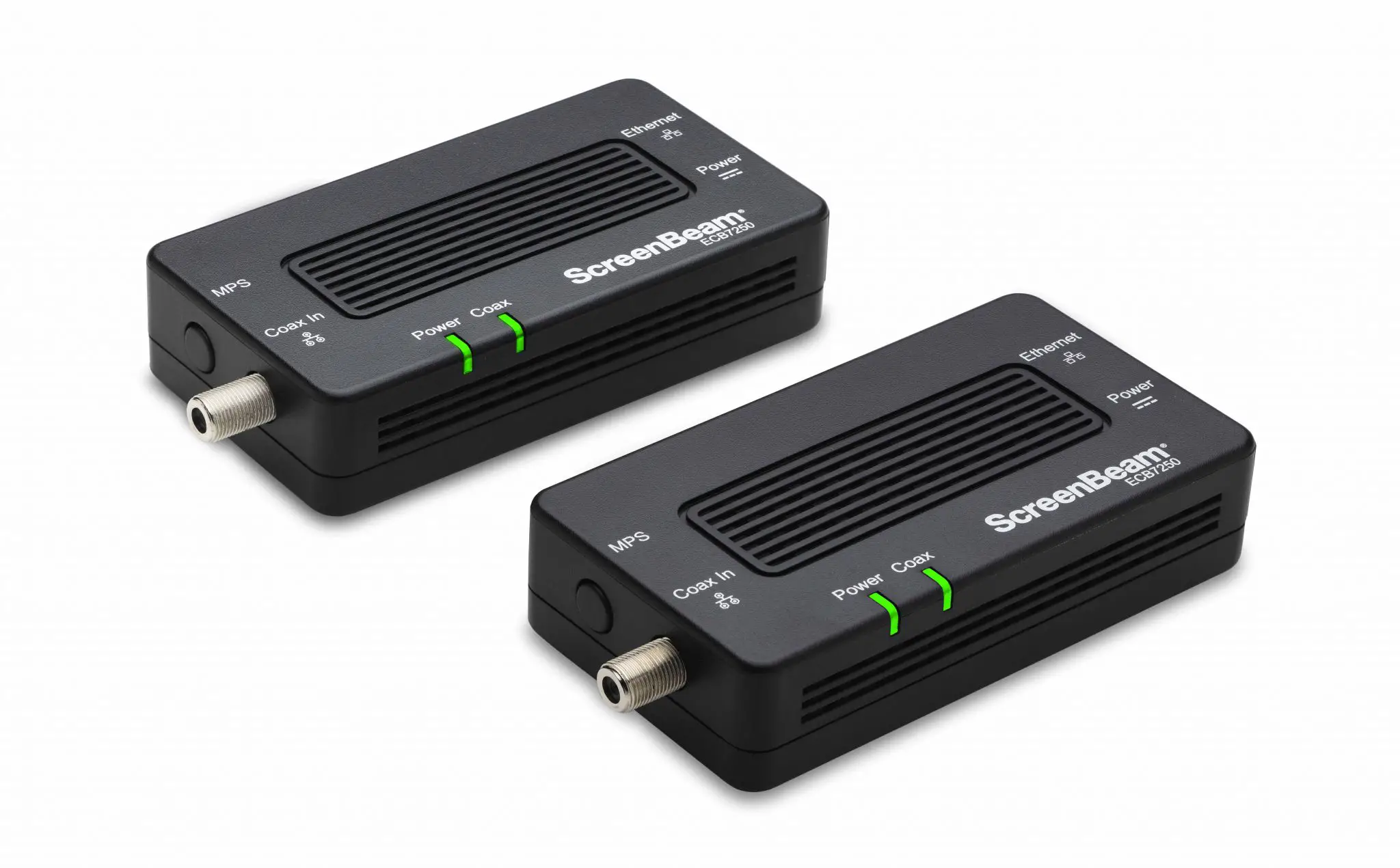
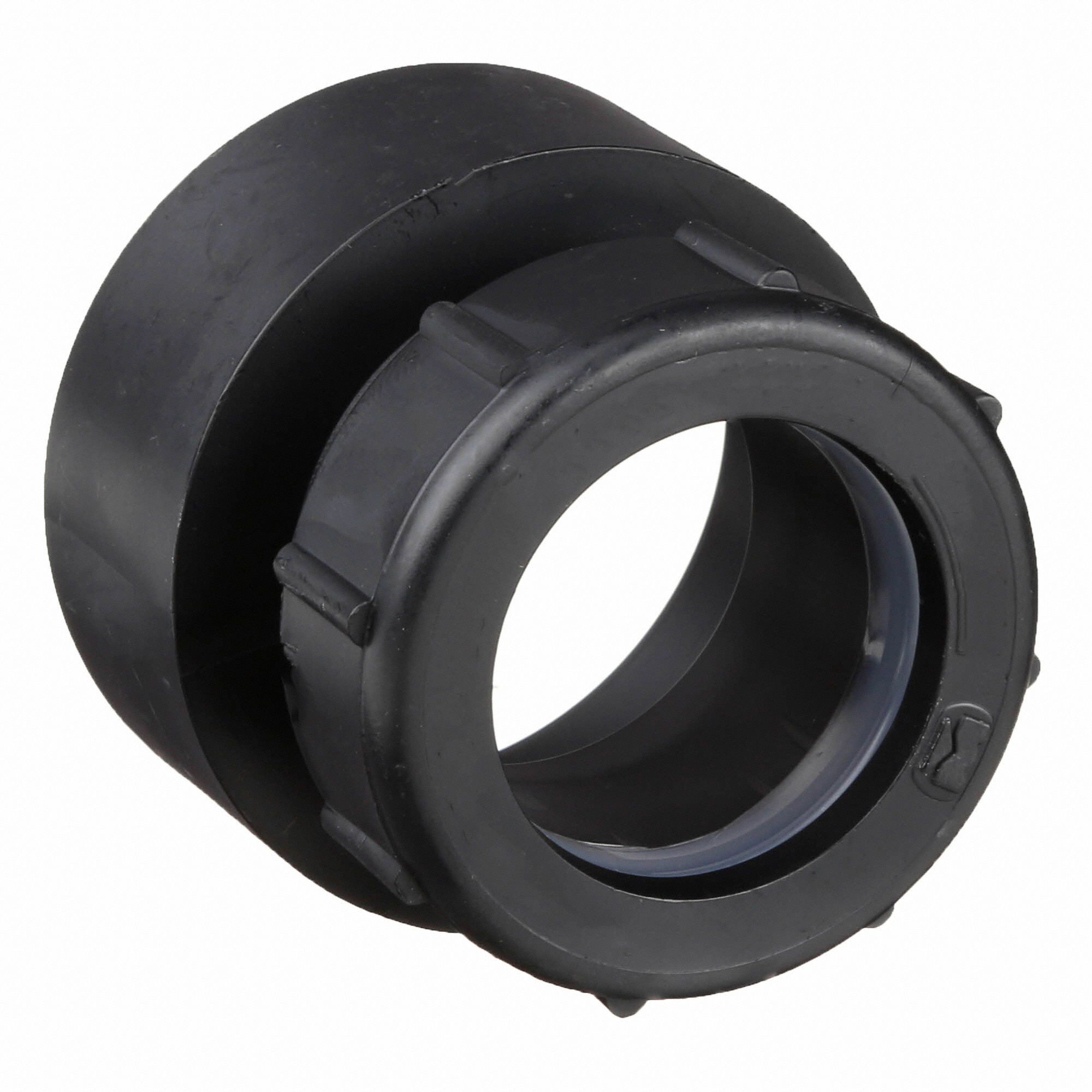
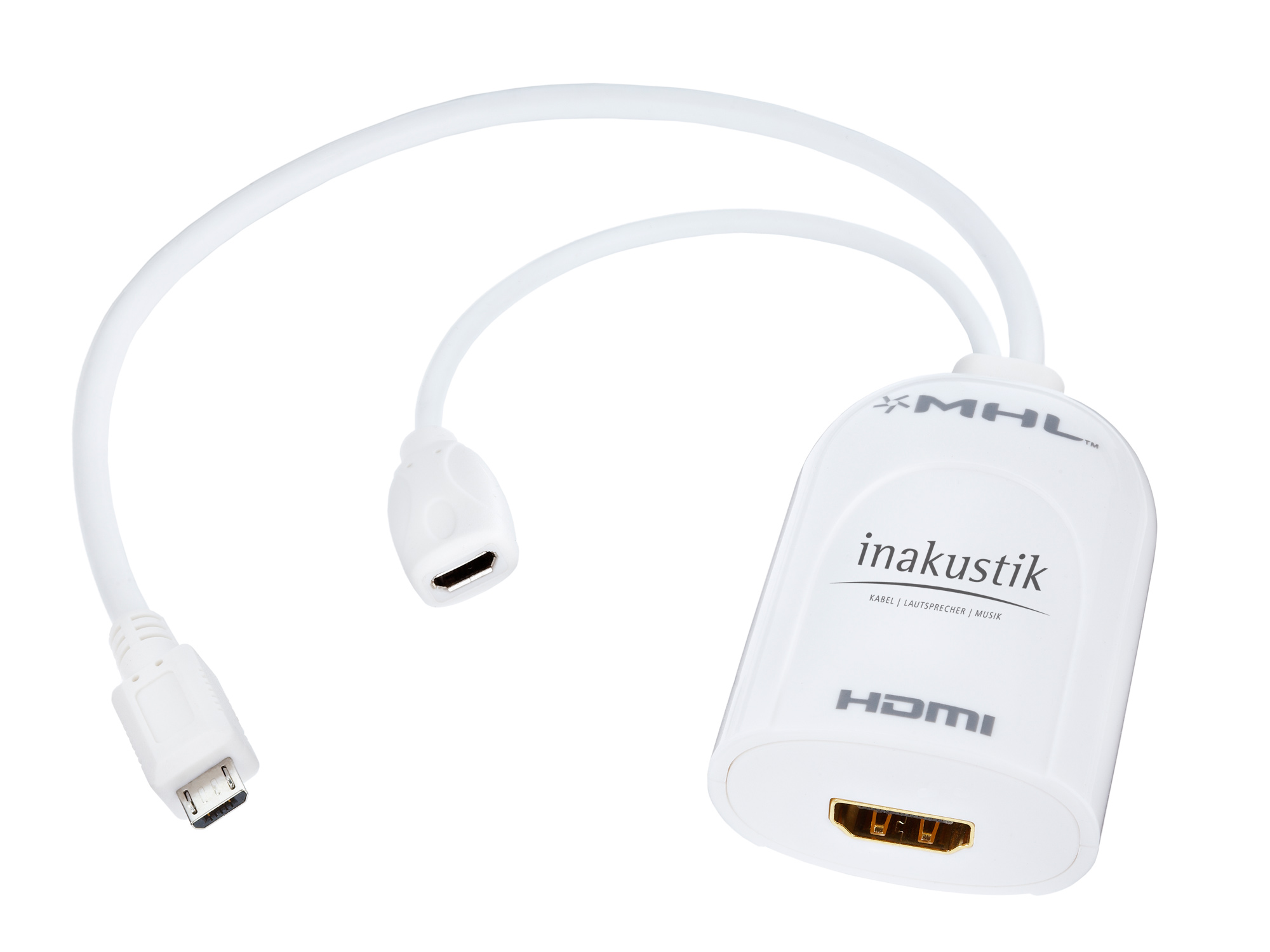
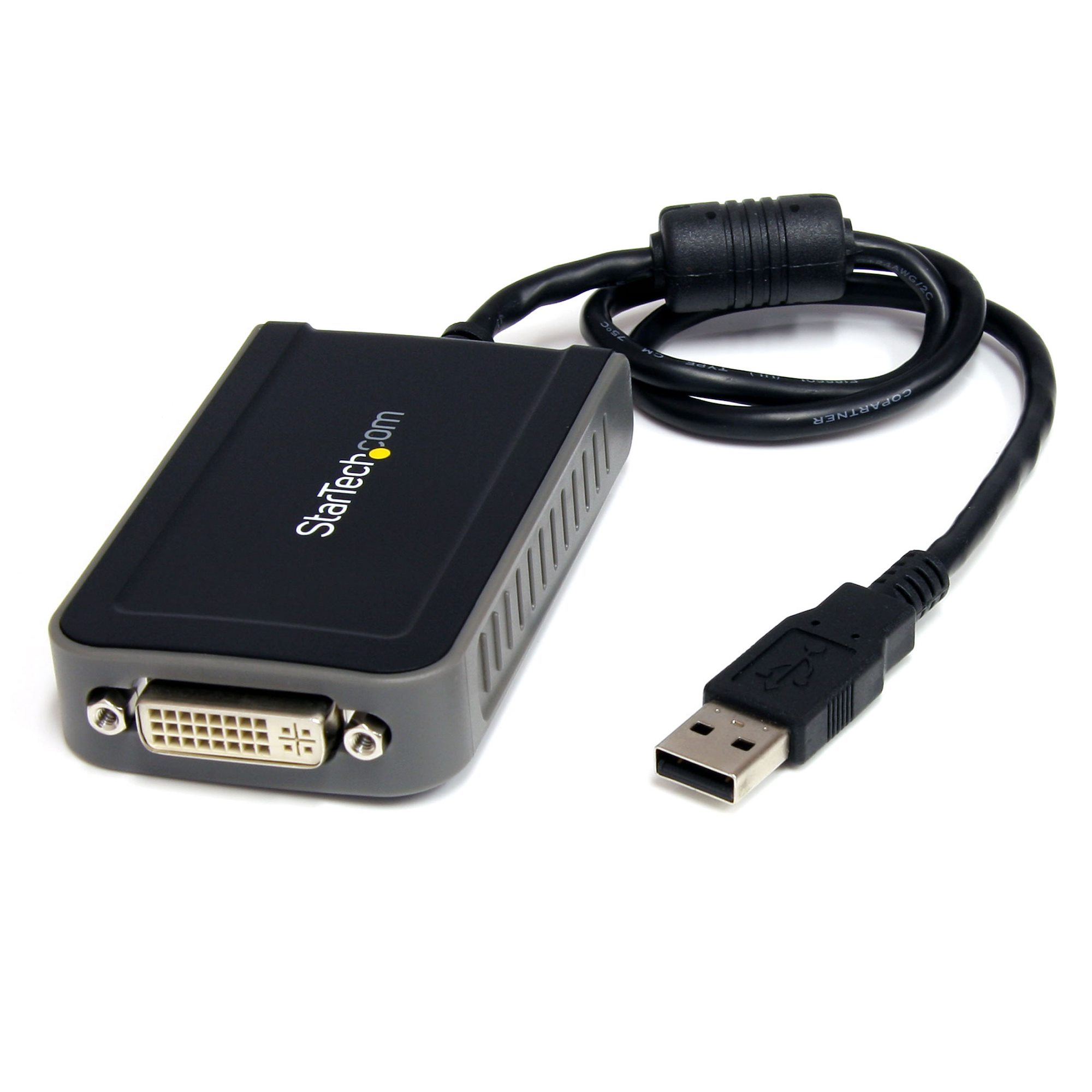
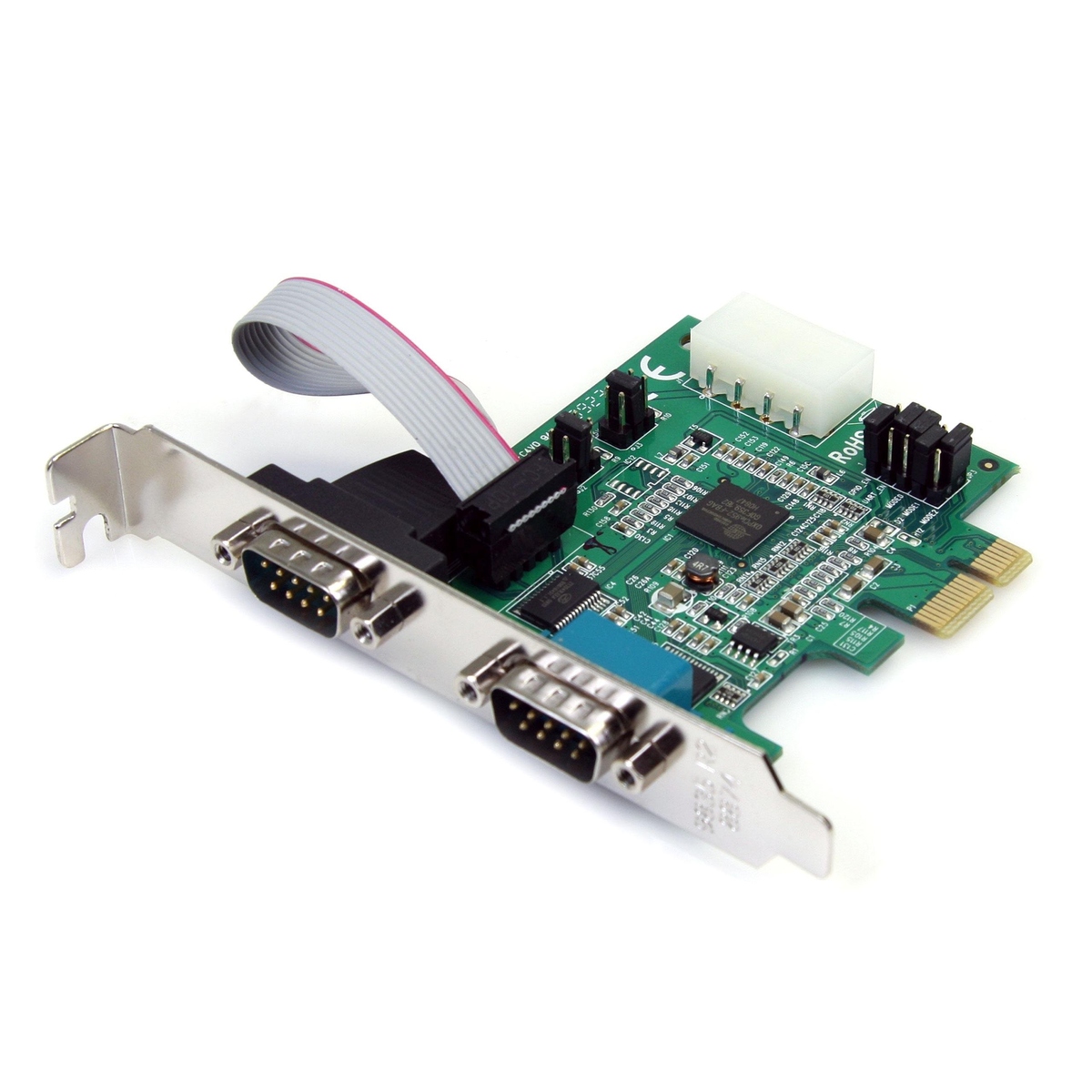
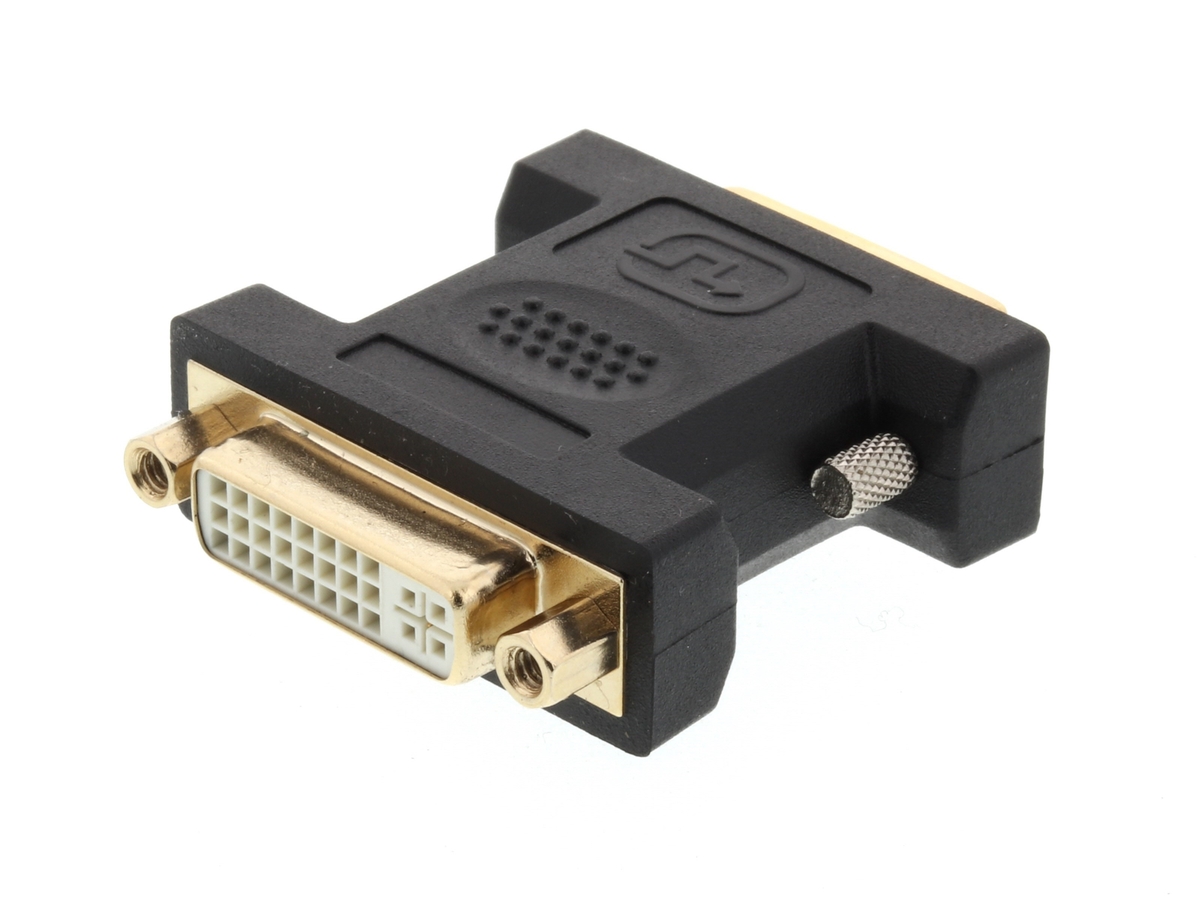
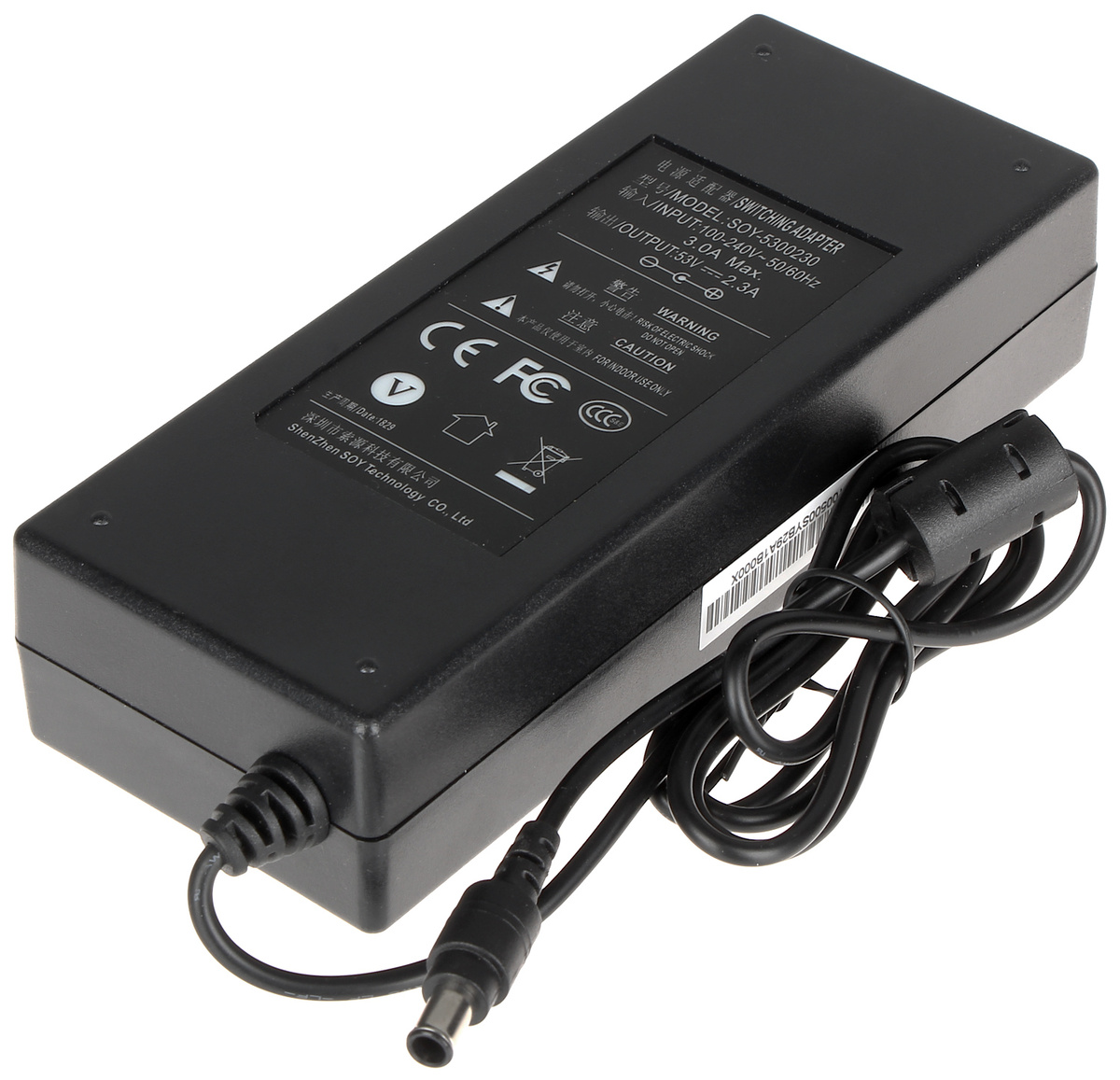
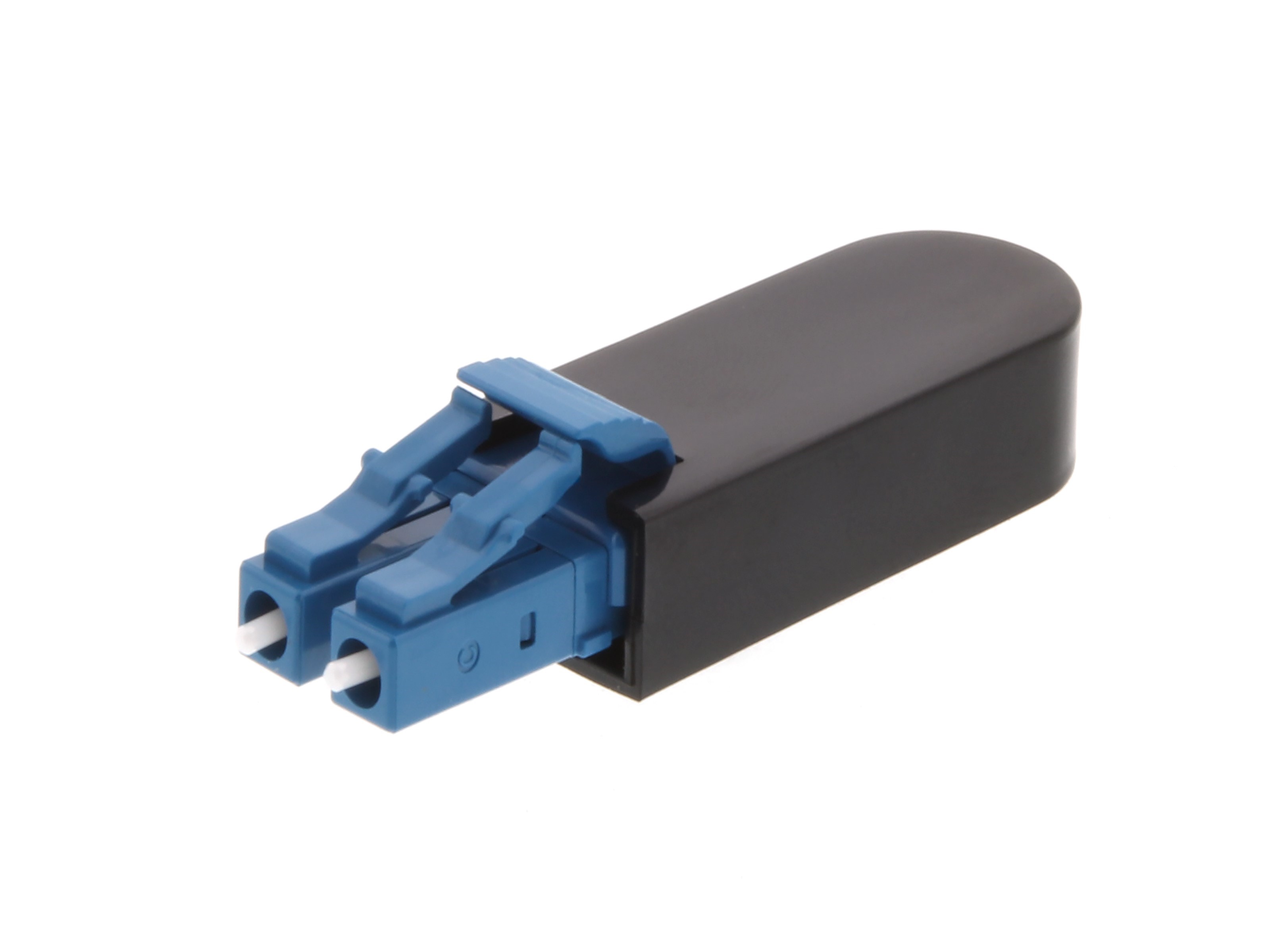
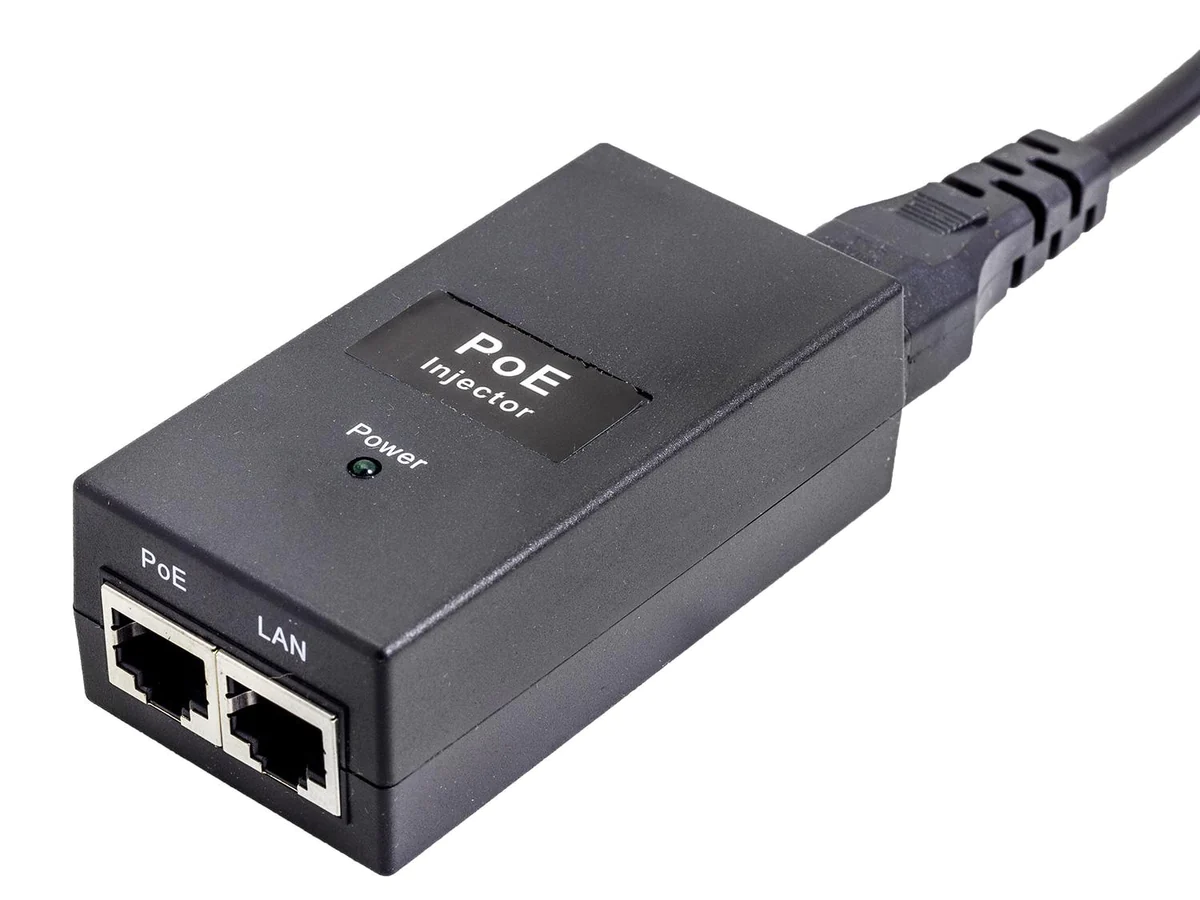
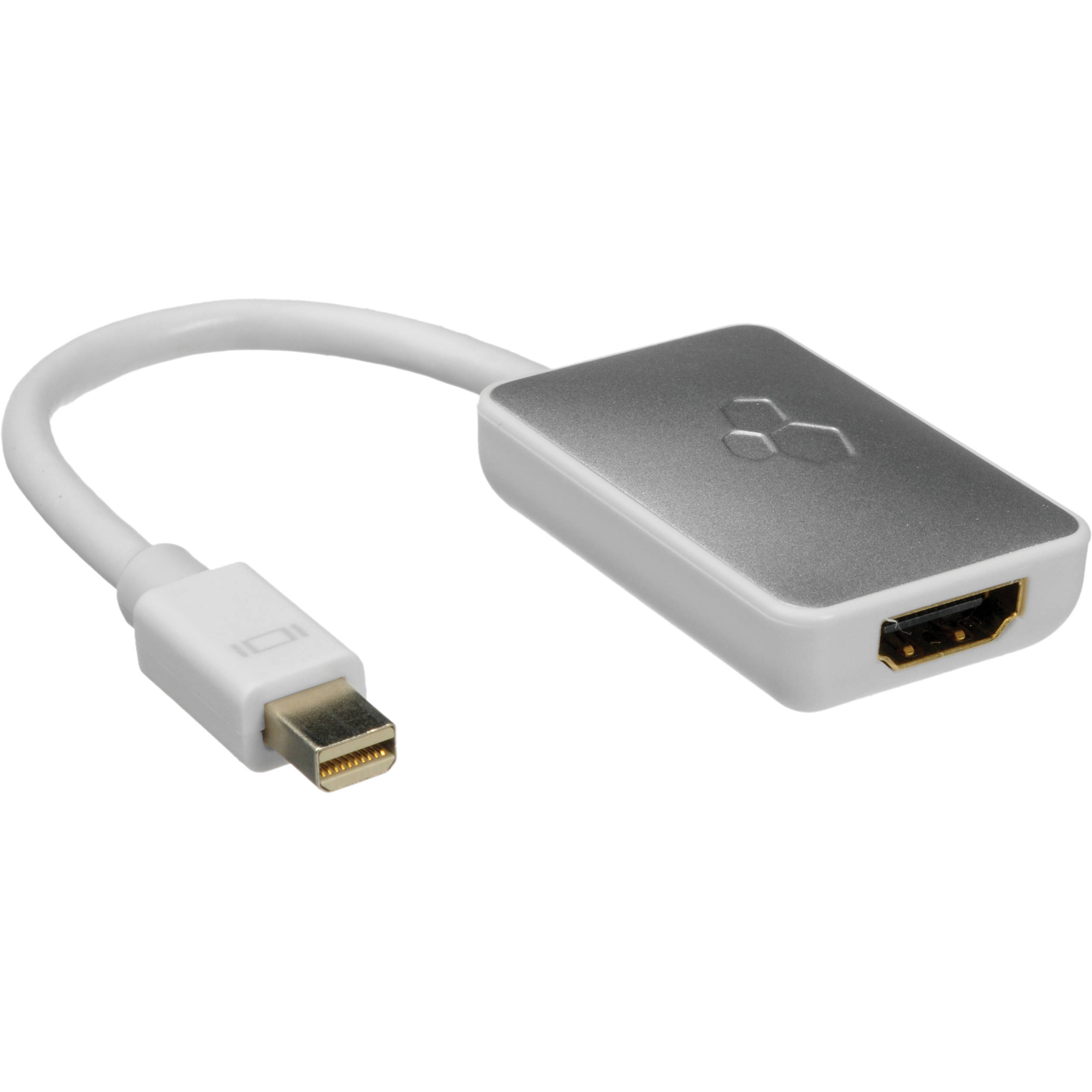
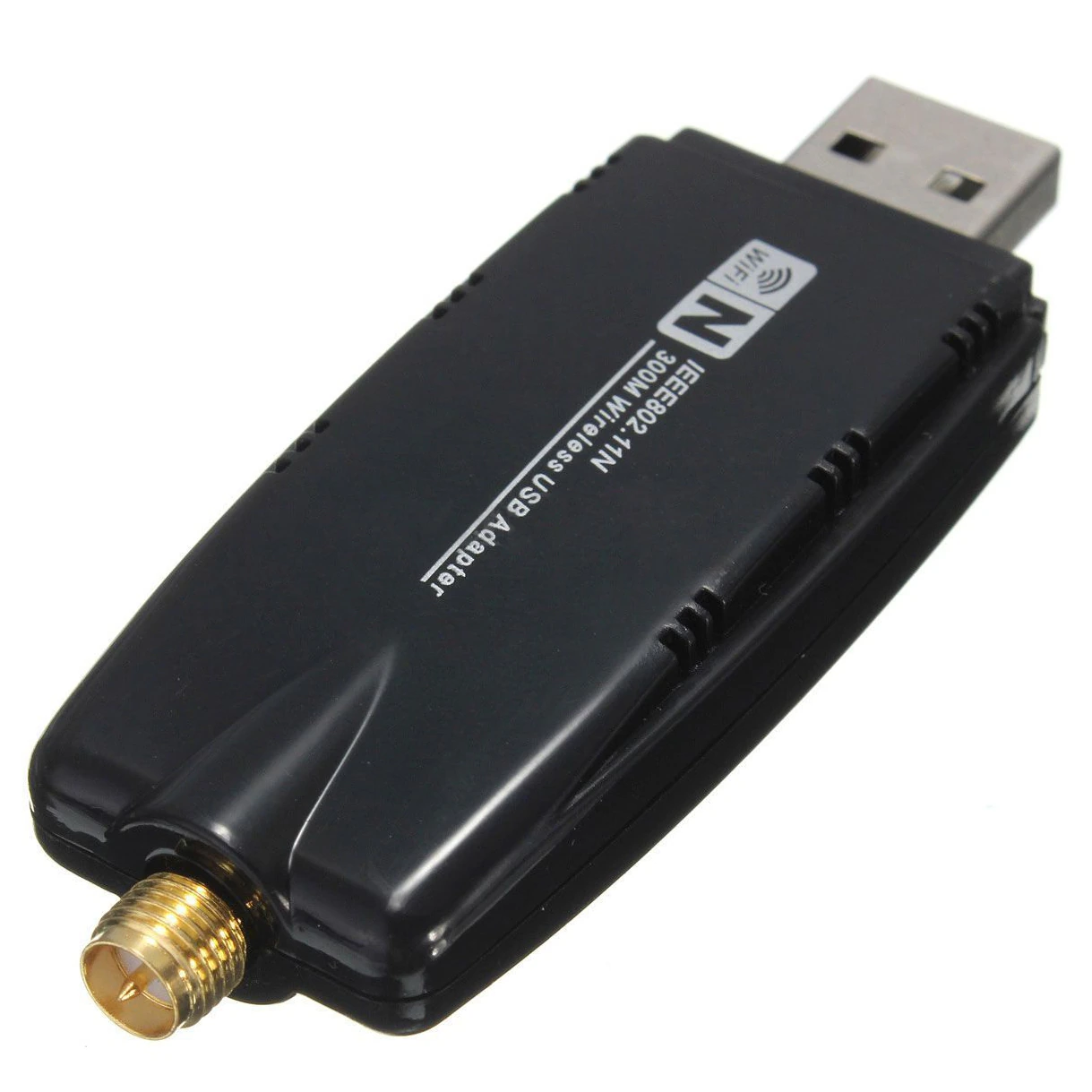
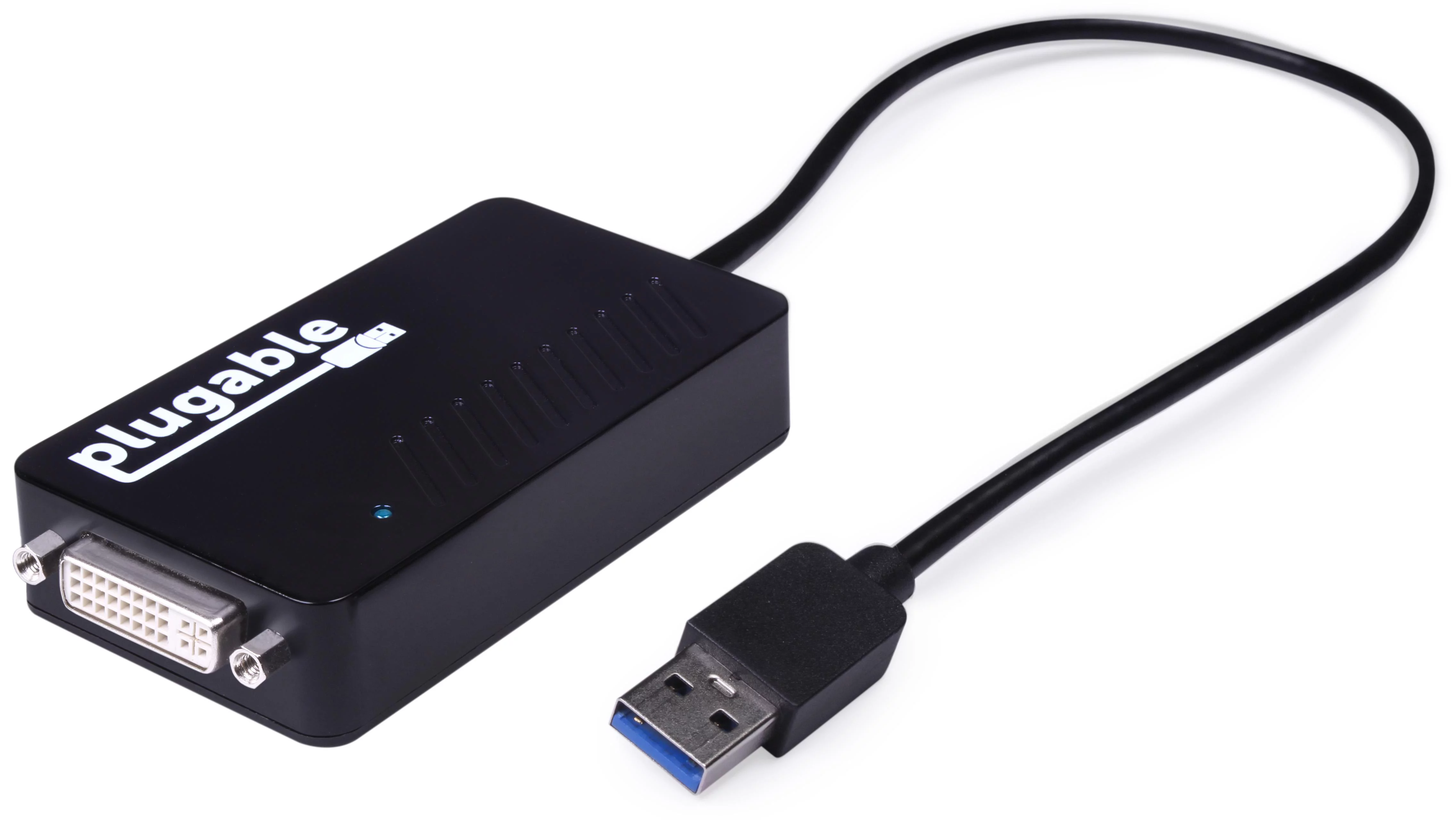

0 thoughts on “What Is An Adapter”